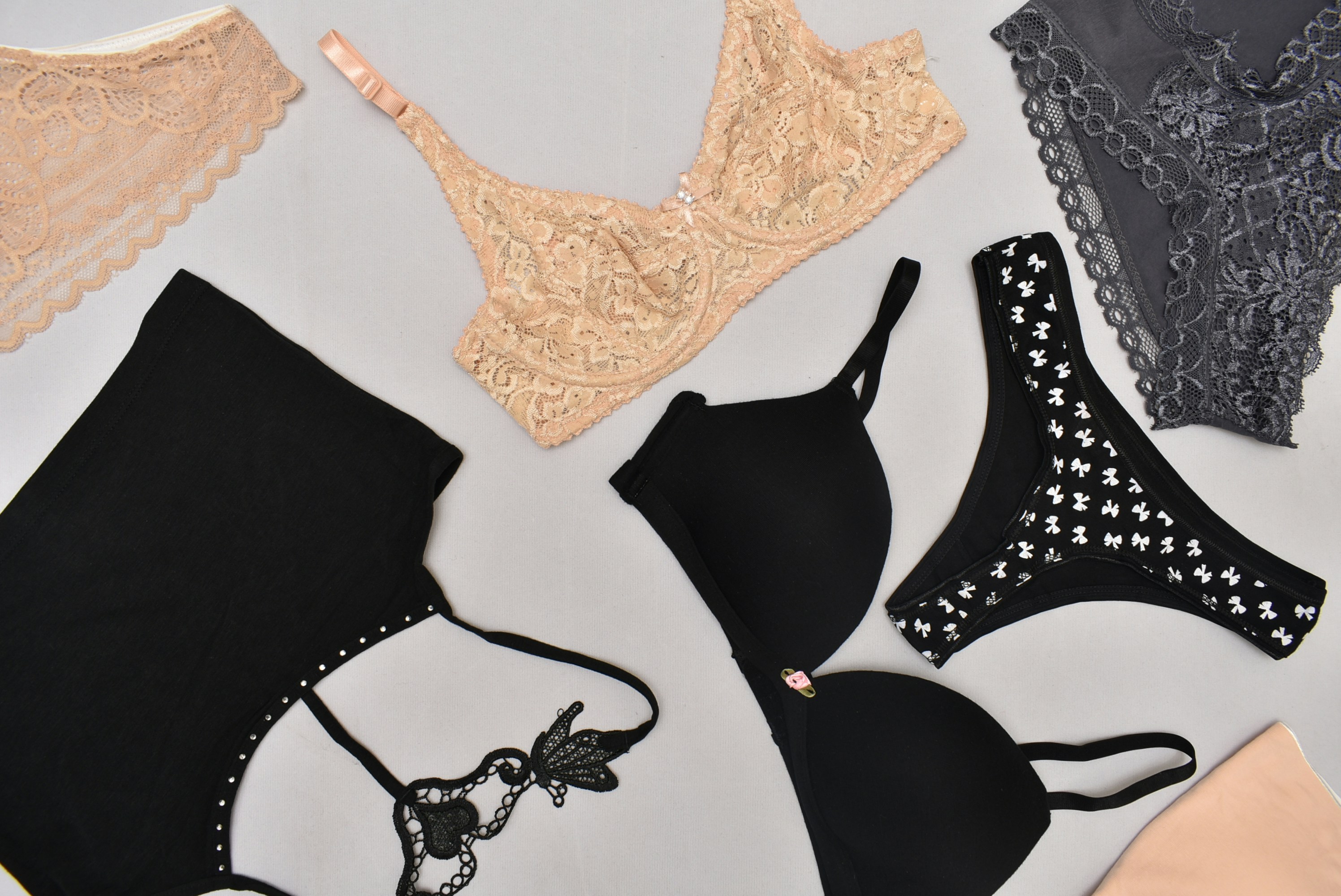The Dawn of Biophilic Design in Fitness and Beauty Centers
In our fast-paced, technology-driven world, the need for a connection to nature is becoming increasingly essential for our health and well-being. This need is being addressed through the introduction of biophilic design in various aspects of our lives, including fitness and beauty centers. Biophilic design seeks to connect people more closely to nature, incorporating elements of the natural world into modern architectural designs. This article delves into the concept of biophilic design, its historical context, current trends in the beauty and fitness industry, and its benefits and impact on the market.

Tracing the Roots: History of Biophilic Design
Biophilia, a term coined by psychologist Erich Fromm and popularized by biologist Edward O. Wilson, is the innate human tendency to seek connections with nature and other forms of life. Biophilic design, then, is an offshoot of this concept. It is an innovative design strategy that incorporates natural elements – light, water, plants, natural materials – into built environments.
The concept of biophilic design was first introduced in the 1980s. However, it wasn’t until the 2000s that it gained traction as wellness and sustainability became a global concern. In recent years, it has been adopted in various sectors, including residential and commercial design, and, more recently, in the fitness and beauty industry.
The Green Wave: Current Trends in Biophilic Design
The beauty and fitness industry has seen an influx of biophilic design in recent years. Natural light, plants, and even water features are being incorporated into fitness studios and beauty centers. This design approach creates spaces that are not only beautiful but also promote health and well-being.
According to the Global Wellness Institute, biophilic design is one of the top wellness trends in 2021. Experts suggest that as we continue to grapple with the COVID-19 pandemic, the need for spaces that promote wellness and connection to nature has never been greater.
The Natural Touch: Benefits and Market Relevance
Biophilic design offers numerous benefits. Research shows that environments that mimic nature can reduce stress, enhance creativity and clarity of thought, improve our well-being and expedite healing. For fitness and beauty centers, this can translate to improved customer satisfaction and loyalty, leading to increased profitability.
From a market perspective, the trend towards wellness and sustainability is driving the demand for biophilic design. Consumers are becoming more conscious of their health and environment, and are seeking out spaces that reflect these values. This has prompted fitness and beauty centers to incorporate biophilic design into their spaces, making it a significant trend in the industry.
Green Impact: Biophilic Design in the Fitness and Beauty Industry
The fitness and beauty industry’s embrace of biophilic design is transforming how these spaces are designed and experienced. Fitness studios are incorporating natural light, indoor plants, and even outdoor workout spaces. Beauty centers, on the other hand, are using natural materials, indoor gardens, and soothing water features. These elements not only create a relaxing environment but also help to enhance the overall customer experience.
In conclusion, the integration of biophilic design in fitness and beauty centers is a testament to the industry’s commitment to promoting wellness and sustainability. It is a trend that is likely to continue as consumers increasingly seek out spaces that offer a connection to nature. As a creative and innovative strategy, biophilic design is reshaping the fitness and beauty industry, promising a future where wellness and nature go hand in hand.




